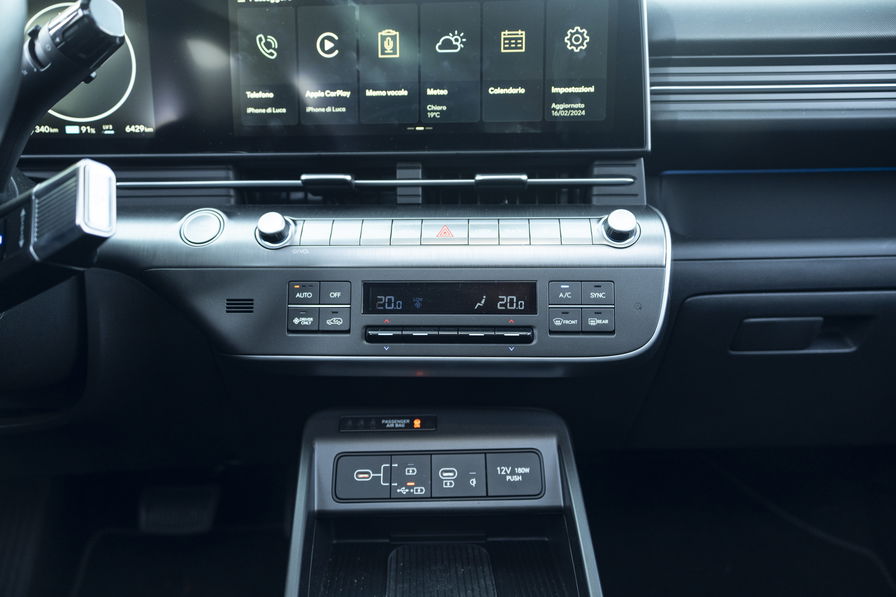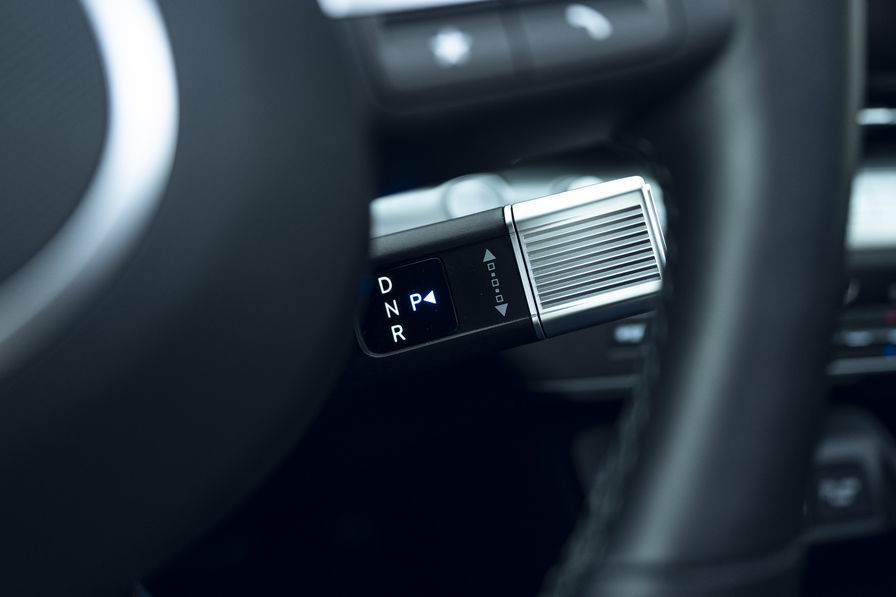When you get close to buying aelectric carone of the first questions that comes to mind is undoubtedly how much the vehicle’s autonomy can meet your needs daily. It is a completely understandable question, considering that it is a relatively new technology and not everyone is aware of the peculiarities and potential, as well as the weak points, of battery-powered vehicles.
With summer and the long-awaited summer holidays coming up, it becomes It is crucial to know how to best manage autonomy of your electric vehicle, especially in hot weather conditions which, similarly to winter, can affect battery performanceThis time of year is a real breath of fresh air for those who have worked hard and are looking for some well-deserved rest to recharge their batteries and relax.
How Electric Car Batteries Work
Before exploring strategies for managing your electric car’s range during the summer, it’s important understand how batteries work and their temperature-related limitations. The electrodes, which include the positive and negative poles through which the electrons flow, are particularly sensitive to climatic extremes, both hot and cold. Too rapid temperature changes can compromise the effectiveness of the charging and negatively affect battery life.
Although modern electric cars are designed with high thermal insulation measures, the batteries They can still suffer during periods of intense heatespecially during fast charging. Additionally, using the air conditioning or heating inside the car can further decrease range, up to 20% in some cases.
It is important to note that internal combustion engines also experience increased consumption when using air conditioning or heating, but the greater autonomy and rapid refueling allow for generally greater freedom of movement than electric cars.
Maintaining adequate autonomy during summer trips may require some simple but fundamental precautions; let’s see the simplest remedies to apply when driving.
5 tips to follow to avoid compromising autonomy
Limit the use of air conditioning
Keep your car at an acceptable temperature is a priority, especially when you find yourself getting into the car after having left it under the sun for hours, perhaps without an adequate sunshade. In this case, slowly cool the passenger compartment during the journey can help you avoid wasting energy. Turning on the air conditioning gradually while you are already on the move is a good compromise to balance comfort and battery consumption.
Plan your usage
Modern electric cars offer a gadvanced management through smartphone applicationsallowing you to pre-cool the cabin while the car is still charging. For example, if you plan to leave at 3 p.m., it is useful to set a timer to start cooling around 2:50 p.m. This allows you to get into an already cool car without having to use the air conditioning at full blast during the journey.
It’s always better to remove what you don’t use.
Furthermore, always on the subject of planning, it is good check that there are no accessories or bags that could compromise the efficiency of the car. During the summer, people often go on outdoor excursions, carrying equipment and luggage. It is essential to keep the trunk clear and remove the roof racks if they are not necessary, as they can reduce the autonomy of the car. Although it may seem exaggerated, Freeing your car from unnecessary weight helps improve efficiency.
Driving modes
Lo Driving style significantly affects range of the electric car. Driving with a “light foot” is essential to avoid frequent stops at charging stations. Efficient driving, especially in summer when the air conditioning is in use, can make a big difference.
Avoiding high speeds, such as maintaining 130 km/h on the highway, helps conserve battery energy.
Regenerative braking
The Regenerative braking is a great tool for saving energy. Using this function, which allows you to recover energy when you take your foot off the accelerator, is particularly useful. Every kW saved is precious and helps improve the overall range of the vehicle.
Park strategically
Find a parking in the shade during the summer it can be tricky, but it is important to avoid the car overheating. If you cannot park in the shade, use good quality sunshade to reduce cabin heating. Although electric cars are not particularly sensitive to the sun, excessively high interior temperatures can activate protection systems that discharge the battery to prevent damage. Therefore, strategic parking and protecting the car from direct sunlight helps maintain battery efficiency.
Source: www.tomshw.it




